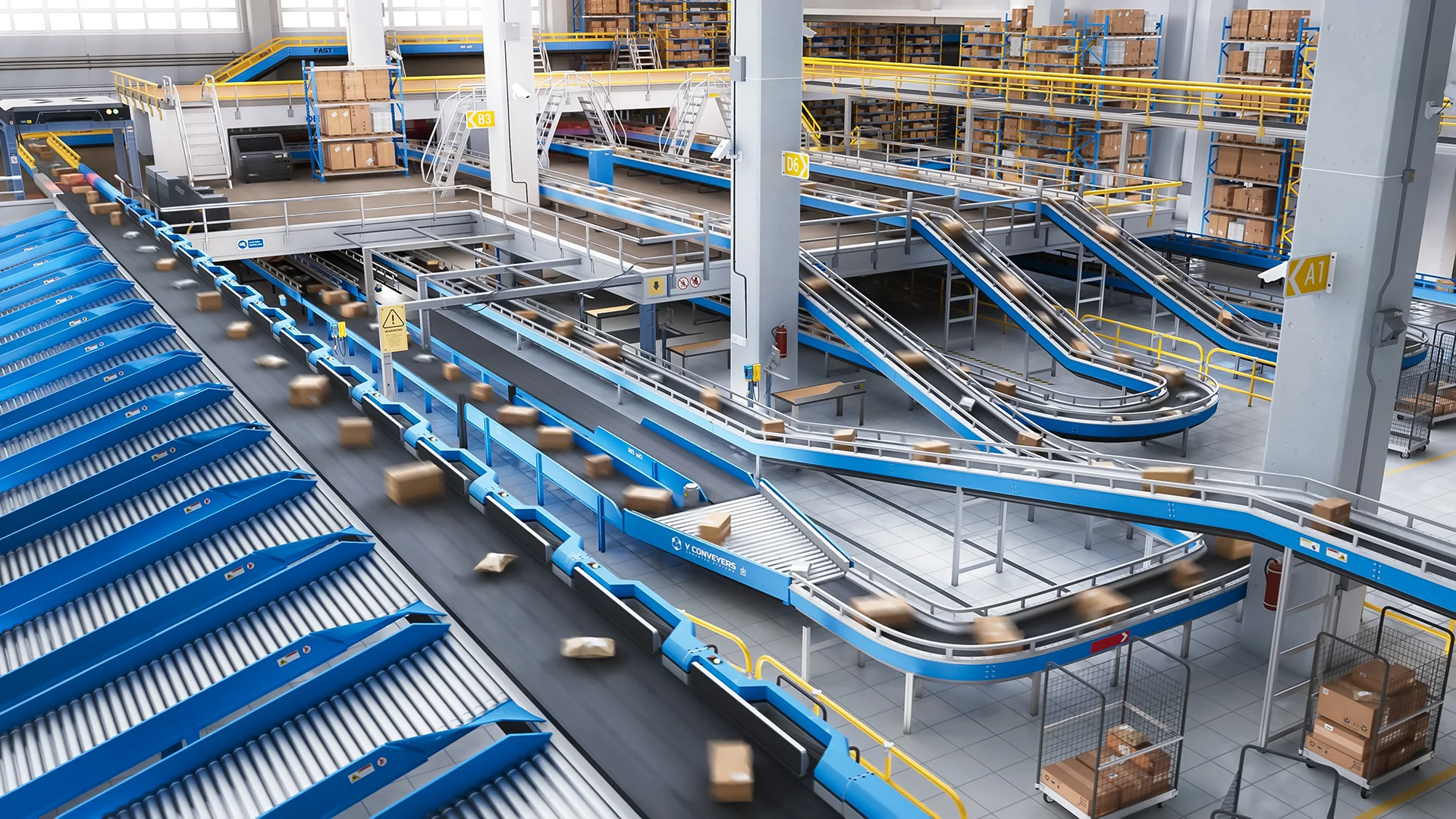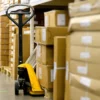Retailers are facing an unprecedented returns crisis. With e-commerce growing at an explosive rate, return volumes are skyrocketing – yet many businesses are still relying on inefficient, costly, and wasteful returns processing methods.
The UK retail sector sees an estimated £7 billion in losses each year due to returns, and much of this is preventable. Traditional reverse logistics often results in excess stock being liquidated at rock-bottom prices or, worse, sent to landfill. But retailers that take a smarter approach – leveraging data-driven returns management, refurbishment, and resale – can recover lost revenue, reduce operational costs, and improve sustainability.
By adopting a structured reverse logistics strategy, businesses can increase their financial yield, minimise waste, and optimise operational efficiency. This article breaks down the key challenges of returns processing and the strategies retailers can implement to turn returns into a valuable asset.
The High Cost of Poor Reverse Logistics
Storage and Processing Costs Can Spiral Out of Control
One of the biggest challenges with returns is the sheer cost of handling them. When returned goods are sent back into inventory without proper assessment, businesses face mounting warehousing costs, inefficiencies, and unnecessary product obsolescence.
A study by Barclaycard found that returns cost UK retailers an average of 4.4% of their total revenue, with processing and storage making up a significant portion of this expense. Without an efficient system to categorise, refurbish, and resell returned goods, these costs quickly eat into profit margins.
Retailers must invest in intelligent returns management solutions that automate assessment and sorting, ensuring products are either resold, refurbished, or directed to the appropriate exit channel as quickly as possible.
Unstructured Resale Leads to Brand and Revenue Erosion
For many businesses, the default method of handling returns is bulk liquidation, which significantly reduces potential revenue. Traditional liquidation methods often return as little as 10-20% of a product’s original value, compared to structured resale strategies that can recover 50% or more.
Additionally, when products are offloaded to third-party resellers or auction houses, brands lose control over how their goods are presented and priced. This can damage brand perception, particularly for premium retailers.
A smarter approach involves managing resale internally through branded recommerce platforms or dedicated resale partners. Companies that control their resale channels can optimise pricing, enhance customer trust, and maximise financial returns.
Environmental Impact of Inefficient Returns
Inefficient reverse logistics doesn’t just hurt profits – it also contributes to massive environmental waste. A WRAP study found that the UK disposes of over 350,000 tonnes of clothing per year, much of it due to returns that could have been resold or recycled.
The problem extends beyond fashion. Electronics, home goods, and beauty products frequently end up in landfills due to the lack of an efficient resale or refurbishment process. Many of these products are still functional or require only minor repairs to be resold at near-original value.
A circular reverse logistics model ensures that as many products as possible are refurbished, repackaged, and resold, significantly reducing waste and improving sustainability credentials.
How Smart Returns Handling Works
Automated Product Assessment Increases Efficiency
Many retailers still rely on manual returns processing, which is slow, error-prone, and expensive. Implementing automated assessment technology can transform efficiency, reducing processing times and minimising unnecessary labour costs.
For example, AI-driven solutions can rapidly evaluate product condition, categorising items for resale, refurbishment, or recycling. This not only reduces time spent on manual inspections but also ensures that products reach the most profitable resale channel as quickly as possible.
Refurbishment and Repair Boost Financial Yield
Returned products that cannot be resold as new still hold significant value. Even minor refurbishment, such as repackaging, replacing missing accessories, or performing minor repairs – can significantly increase resale price.
Apple’s Certified Refurbished programme is a prime example of how brands can successfully resell returned items at a higher value. By offering high-quality refurbished products with warranties, Apple is able to maintain customer trust while increasing profitability.
Retailers in all sectors can benefit from similar strategies. Investing in in-house refurbishment or partnering with a dedicated service like ClearCycle can help maximise yield on returned stock.
Strategic Resale Channels Improve Profitability
Choosing the right resale channel is critical for optimising returns value. Instead of relying solely on third-party liquidators, retailers should explore multiple exit routes, including:
- Branded webstores for certified refurbished products
- Direct resale on marketplaces such as eBay or Amazon Renewed
- On-site auction houses for low-value or non-repairable goods
- Back-to-stock solutions for lightly used products that can be resold as new
ClearCycle’s data-driven approach determines the best resale option for each product category, ensuring maximum profitability while maintaining brand control.
Start Your Returns Optimisation Strategy Today
Returns management doesn’t have to be a financial drain. By implementing smart reverse logistics strategies, such as automated assessment, refurbishment, and structured resale – retailers can dramatically improve profitability while reducing waste.
At ClearCycle, we provide a complete end-to-end recommerce solution designed to help retailers maximise financial yield, streamline returns processing, and create a more sustainable business model. Whether you need refurbishment services, marketplace integration, or a branded resale platform, we have the expertise and infrastructure to help.
Don’t let returns erode your profits – turn them into a valuable asset. Get in touch with ClearCycle today and take control of your reverse logistics strategy.
Contact us to learn how we can help.
FAQs
What is reverse logistics, and why is it important?
Reverse logistics refers to the process of handling returns efficiently – determining whether items should be resold, refurbished, recycled, or disposed of. A strong reverse logistics strategy minimises losses, reduces waste, and increases financial returns for retailers.
How can retailers reduce the costs of handling returns?
Retailers can cut costs by investing in automated returns processing, optimised resale strategies, and refurbishment solutions. Partnering with a recommerce provider like ClearCycle can help businesses recover more value from returned stock while reducing labour and storage expenses.
What happens to products that can’t be resold?
Products that cannot be resold as new may still have value through certified refurbishment, parts harvesting, or on-site auction sales. Items that are beyond repair can be responsibly recycled to minimise environmental impact. ClearCycle’s sustainable disposal solutions ensure compliance with waste management regulations while reducing landfill contributions.



